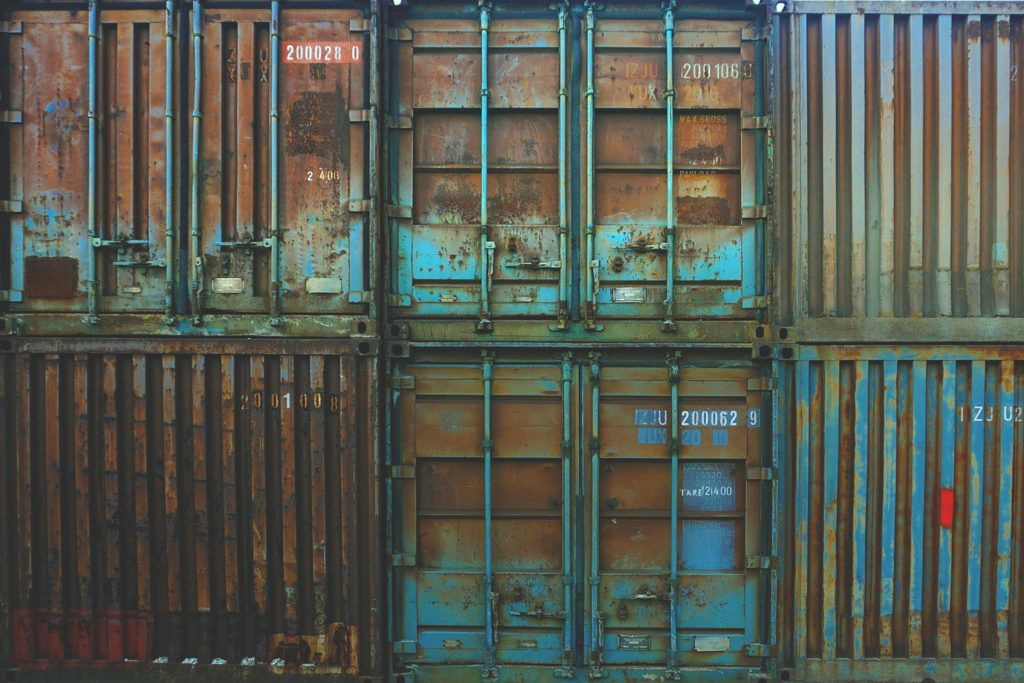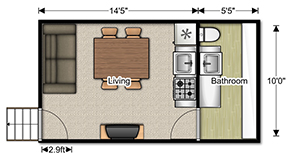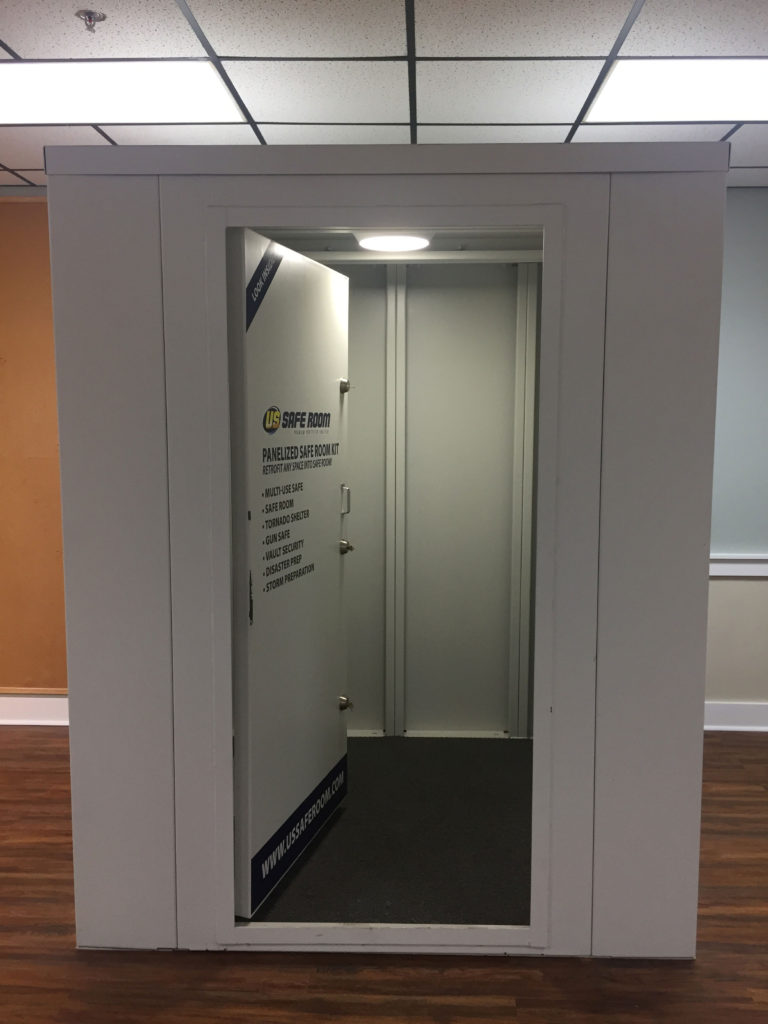The dream of homeownership is quintessential to the American experience, but lately that dream has been tempered by the realities of a fluctuating market. Rising property values and a scarce market have driven the average price of homes through the roof. Compounded by the housing demands of the coronavirus pandemic and the precipitating urban exodus, many Americans are wondering if they will ever escape their landlord’s yolk and the frustrations of renting. With the meteoric rise of exorbitant rental fees and building materials, many hopeful homeowners continue to seek out alternatives to traditional construction. Mesmerizing the masses with claims of cheaper overhead costs with a minimalist tilt, the “tiny home” craze is once again gaining momentum. For a fraction of what it costs to build a traditional brick and mortar or stick built homes, many tiny home contractors continue to ‘wow’ prospective clients. Emerging at the top of the “Pros” list is the use of “container homes.” But appearances can be deceiving and many potential owners are left wondering, “Can you live in a shipping container?”
What is a Shipping Container?
Shipping containers are primarily used to transport goods and cargo by land, sea and rail. To the American economy, shipping containers are the modern day camels of our country’s Silk Road. Almost every imaginable import comes into this country neatly tucked away in one of these box sized containers. Engineered to withstand long sea voyages and bumpy transports, shipping containers are naturally strong and watertight. But while these steel welded metal boxes might be ideal for transporting food and big screen televisions, they might not be suitable to live in. For starters, some states and local planning jurisdictions strictly prohibit shipping containers inhabitation. To the anger and frustration of many creative designers, many city planning offices site the lack of a strong structural foundation as the primary reasoning. We tend to agree. At the end of the day, you just can’t beat a solid concrete foundation. Any home worth its salt is built on a a solid foundation of concrete and rebar to create a tight seal with the worth. Concrete foundations also help to evenly distribute the forces and weight that exert upon a structure. While some hardcore builders might go the extra mile in building a foundation for their shipping container, it’s safe to assume that most container homes do not include this feature. There’s a reason why civil engineers spend several of years in college learning complex physics and calculations. To assume any amateur builder is smarter than these experts is an insult to the very science.
What Are the Dangers of Living in a Shipping Container?

As we’ve stated before, shipping containers are built to transport goods and products… not living and breathing people. Why would anyone even dare try to live in one then? Human inhabitation in a shipping container poses several inherent risks. First, shipping containers do not allow for air flow and natural ventilation. Special accommodations and features must be implemented to create a comfortable living environment. While mechanical ventilation and air conditioning alleviates some of these concerns, such add-ons can affect the structural integrity if not installed correctly. Also, what happens if you want doors or windows? Cutting out large slots will invariably affect the strength of the sidewalls if not done correctly. Finding an experienced welder or contractor who is talented enough to perform this complicated task is another topic entirely. The sheer complexity of retrofitting shipping containers into a livable structure is counterintuitive to the cost effective claims of these modern day snake oil salesman who continue to prey of the dreams of hopeful homeowners. We’re not questioning the feasibility of “tiny homes” in general, but we are less than credulous about the long-term viability of shipping containers as a primary residence. While debating the merits of building a traditional home, careful evaluate the feasibility of living in a shipping container.
How Else Are Shipping Containers Misused?
Before continuing weighing the merits of living in a shipping container, let’s pause for a second and think about that very statement. We supposedly live in one of the world’s richest and industrialized nation’s. We’ve defeated fascism, witnessed the rise and fall of communism, and even put a man on the moon, all the while enjoying the fruits of an open and free market. Have we really fallen so far from grace that we must now choose between living a nice warm home or a steel welded box? What kind of dystopian society do we live in? Most of us wouldn’t even contemplate spending a few minutes in a shipping container, let alone a prolonged stay. Unfortunately, cash-strapped people living in storm prone areas have resorted, once again, to shipping containers as a makeshift tornado shelter. Even worse, they are burying the shipping containers belowground in a futile attempt to ride out catastrophic storms. Regardless of how you feel about shipping containers being used as a ‘tiny home,’ we can all agree that trying to escape a storm in one of these belowground bunkers is foolhardy at best. Let us go on the record once again by reiterating that shipping containers should never be used in lieu of a steel engineered and approved belowground tornado shelter.
Shipping containers are designed for shipping materials, not for burying below ground as a bunker, nor are they water-tight, leaving much to be desired for any long-term safe room considerations. Pressure from dirt and a lack of adequate support or truss systems can cause sunken containers to buckle and crumple like sardine cans from both the side and the top. The containers, leaving much to be desired for waterproofing, will also leak, creating many internal concerns and health risks for storage materials, with mold and mildew.
Water can also lead to corrosion and further lessening of the strength of the unit. Compounded with the effects of poisonous fumes, shipping containers used as underground shelters can be easily transformed into coffins for those you care for the most, and those you’re trying your best to protect. Spending long periods of time in a shipping container can take a tremendous psychological toll on someone, as well. A true bunker is designed with many considerations including ventilation and storage, and fully accessorized bunkers can include water storage, plumbing, wiring, and electrical components to create a safe space that won’t create more stress.
US Safe Room Underground Shelter Advantages

Don’t settle for less when protecting your family. Our bunkers are engineered, designed, and manufactured for underground use and long-term subterranean survivability. The US Safe Room underground shelters are just a phone call away. US Safe Room is an industry leader in the building and construction of premium underground and survival bunkers. These bunkers provide multi-use options for your family. They can be installed as an off-grid stand-alone, fully self-sustaining unit, or can be connected with your living home or living space for easy access to safety.







